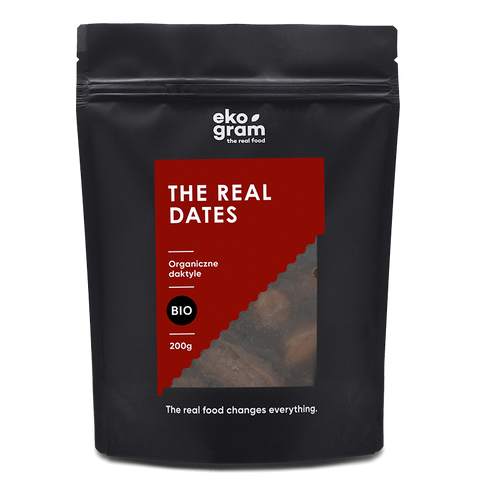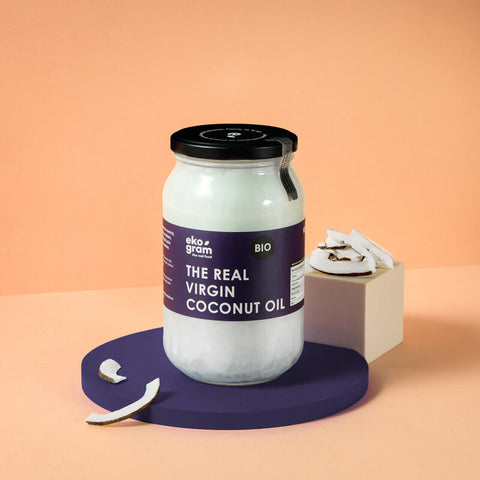Although it looks inconspicuous, it is a true treasure of nature. Powdered, green tea, because this is what we are talking about, is distinguished by its unusual taste and is supposed to have a sensational effect on health. For its preparation, leaves are harvested in a way that differs significantly from the traditional tea harvest. Let's check how much truth there is and whether it is worth making friends with this type of tea.
Matcha is a Japanese variety of green powdered tea. The origin and method of production make it a unique drink that combines taste and numerous health-promoting properties.
Ritual harvest of matcha
Growing matcha looks completely different than traditional tea. About four weeks before harvest, the bushes are covered with a dark cloth that absorbs 90% of the sunlight. The plants try to compensate for the lack of light by the intensive production of a green dye - chlorophyll, and the leaves emit a lot of amino acids. In this way, the plant acquires the ancient power used in traditional medicine. The leaves are then collected, dried and ground to a powder.
Matcha - a drink for the elite
For many years, matcha was available only to the elite gathered around the imperial palace. The Chinese contributed to its spread and passed it on to Buddhist monks. It was one of them who announced that matcha has life-extending properties and made matcha a drink used for samurai meditation. In this way, the Japanese ceremony of brewing this type of tea, known to this day, was born.
Currently, matcha is slowly gaining popularity, although due to its unique ingredients it certainly deserves more attention. Matcha is dark green and has a sweet, pleasant flavor. Drinking matcha has many health-promoting properties. Consuming it regularly is to protect against cancer and diabetes. The high content of antioxidants has a cleansing effect, and the presence of L-theanine calms down, reduces stress, anxiety and stabilizes the mood.
BIO Matcha - 25g - Traditional - Ecological
Matcha as an original addition to dishes
Matcha can be served cold or warm, with milk, or as an addition to grain drinks. Matcha latte, for example, is exceptionally original. It can also be added to various dishes, desserts, e.g.
- ice cream,
- cakes,
- smoothie,
- fruit juices,
- salads,
- muesli.
Matcha belongs to the superfoods group of products. A cup of matcha replaces coffee. Supports concentration, adds energy. A large portion of antioxidants helps to keep youth.
How to make matcha tea?
The preparation of the tea itself is also remarkable. In Japan, it can last up to several hours, so this ceremony can certainly be called a tea ritual.
- Half a teaspoon of tea should be mixed in a cup with previously boiled water, which must be cooled to about 70-80 degrees.
- Then, using a small bamboo brush, stir the tea with vigorous up and down movements until a foam is formed. The more foam there is, the better the tea.
- The drink prepared in this way is ready to drink. It should be consumed immediately, because after standing the powder will settle to the bottom and the tea will lose its flavor. When you start your matcha adventure, you can easily use an ordinary kitchen whisk (non-spring) instead of a bamboo brush.
Matcha is a tea worth recommending. It tastes pleasantly, cleanses the body, stimulates the spirit, promotes concentration and meditation, allows you to stop and calm down . It is worth trying and including it as an addition to your daily diet. The taste and health benefits of matcha tea are simply second to none.






Comments (0)
There are no comments for this article. Be the first one to leave a message!